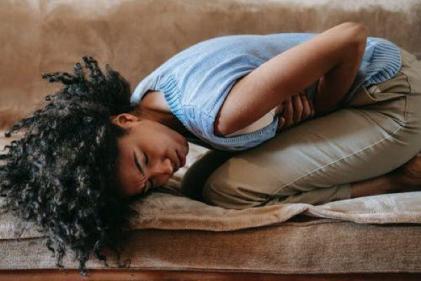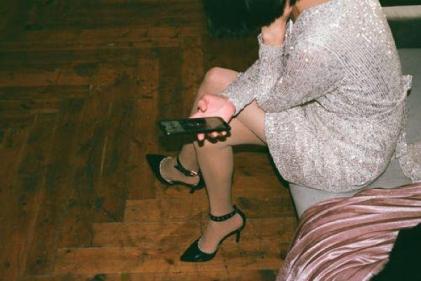Frostbite occurs when skin and tissue becomes frozen. The condition can be dangerous if not treated.
The first signs are often called “frostnip”. The fingers or toes can appear white and may be painful. If your toddler has white fingers or toes, make sure you get them inside right away, remove any clothes or shoes that are wet and begin to warm the skin. You can hold her fingers or toes against your bare, warm skin or put them under your armpit. Then, place her fingers or toes in warm water (40 to 41 degrees Celsius). Make sure that the water is not too hot first.
Never rub or massage the skin while it is warming up and never use a hair dryer or other heating device. This will cause even more damage to the tissues.
If you have not stopped the freezing in time, the toes or fingers will start to look stiff, yellow, and will swell up. Blisters may also form if the tissues are frozen enough. In severe cases of frostbite, all the tissue, muscle, and even the bone will be damaged.
If your toddler is experiencing frostbite, place her in a blanket and get her to the hospital immediately. If it is possible, wrap a sterile bandage around the area separating the toes of fingers. Don’t allow your child to walk if the frostbite is on her toes as it will further damage the tissue. When you are in route to the hospital, you can again try to warm the damaged area by holding it against your warm skin.
At the hospital, the doctors will begin to thaw the skin and your child will be checked for hypothermia (low body temperature). The area will be painful as it begins to thaw so your child will probably be given pain medication. If the frostbite is caught in time, the damage is reversible.
To prevent your toddler from getting frostbite, be cautious when they are outside in the cold. A toddler will get frostbite much quicker than an adult and it doesn’t take very long to occur. Make sure that your toddler is dressed properly and that wet clothing is removed. It’s a good idea to have extra socks, gloves and scarves when your child plays outside.
Additionally, you must be extra careful on cold, windy days. Wind causes the body to lose heat faster allowing frostbite and hypothermia to set in.
The first signs are often called “frostnip”. The fingers or toes can appear white and may be painful. If your toddler has white fingers or toes, make sure you get them inside right away, remove any clothes or shoes that are wet and begin to warm the skin. You can hold her fingers or toes against your bare, warm skin or put them under your armpit. Then, place her fingers or toes in warm water (40 to 41 degrees Celsius). Make sure that the water is not too hot first.
Never rub or massage the skin while it is warming up and never use a hair dryer or other heating device. This will cause even more damage to the tissues.
If you have not stopped the freezing in time, the toes or fingers will start to look stiff, yellow, and will swell up. Blisters may also form if the tissues are frozen enough. In severe cases of frostbite, all the tissue, muscle, and even the bone will be damaged.
If your toddler is experiencing frostbite, place her in a blanket and get her to the hospital immediately. If it is possible, wrap a sterile bandage around the area separating the toes of fingers. Don’t allow your child to walk if the frostbite is on her toes as it will further damage the tissue. When you are in route to the hospital, you can again try to warm the damaged area by holding it against your warm skin.
At the hospital, the doctors will begin to thaw the skin and your child will be checked for hypothermia (low body temperature). The area will be painful as it begins to thaw so your child will probably be given pain medication. If the frostbite is caught in time, the damage is reversible.
To prevent your toddler from getting frostbite, be cautious when they are outside in the cold. A toddler will get frostbite much quicker than an adult and it doesn’t take very long to occur. Make sure that your toddler is dressed properly and that wet clothing is removed. It’s a good idea to have extra socks, gloves and scarves when your child plays outside.
Additionally, you must be extra careful on cold, windy days. Wind causes the body to lose heat faster allowing frostbite and hypothermia to set in.











